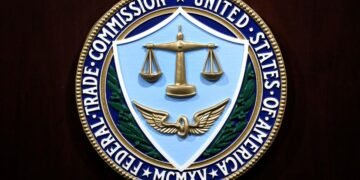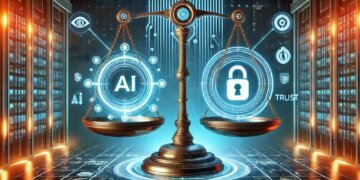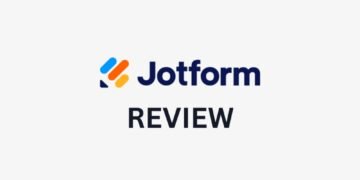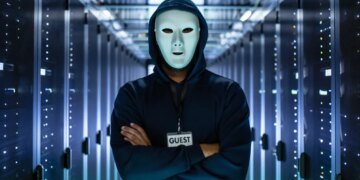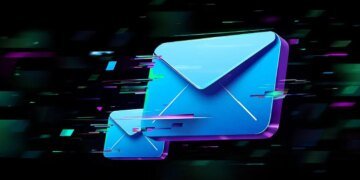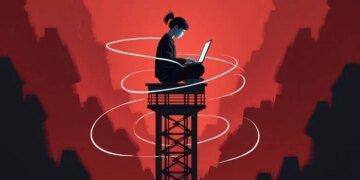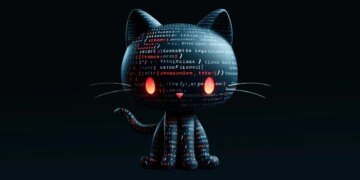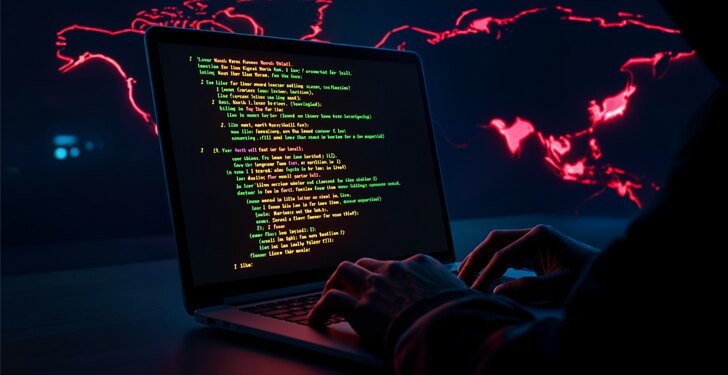**How North Korean Hackers Are Using PowerShell Tricks to Launch Sneaky Cyberattacks 🚨**
In today’s interconnected world, cyber threats are becoming increasingly sophisticated, posing significant challenges to cybersecurity defenses globally. Recently, it was revealed that North Korean hackers are ingeniously leveraging PowerShell to infiltrate devices. This underscores the evolving nature of cyber tactics and highlights the need for vigilance in protecting your digital infrastructure. Understanding these developments is crucial for safeguarding your assets. Let’s explore the intricate dynamics of this cyber threat.
The PowerShell Quandary
PowerShell, a robust tool widely used by IT professionals for network administration and task automation, is now being weaponized by cybercriminals. Initially designed for enhancing productivity and efficiency, its versatility is being harnessed for malevolent purposes. North Korean hackers have identified a method to exploit PowerShell, turning it from a tool for good into a conduit for cyber intrusion.
Anatomy of the Cyberattack 🕵️♂️
The recent cyber incidents involve a cunning strategy where hackers embed malicious scripts within legitimate PowerShell commands. This approach allows them to bypass conventional security protocols effortlessly. By concealing their operations within standard-looking tasks, cybercriminals can remain under the radar, carrying out unauthorized actions undetected on compromised systems.
Why is This a Big Deal?
- Stealth Mode Activated: Utilizing PowerShell enables attackers to execute their plans in stealth mode, as the scripts can be seamlessly integrated into routine operations.
- Wide Reach: Devices running PowerShell are common across various organizations, therefore, they are potentially vulnerable targets.
- Evasive Techniques: These scripts primarily operate within the device’s memory, leaving minimal digital footprints, thereby complicating the detection efforts of cybersecurity teams.
Protection is Key 🔐
Given the seriousness of these threats, how can individuals and organizations safeguard themselves? Implementing a solid defense strategy is imperative:
- Regular Updates: Ensure all software and operating systems are kept updated to mitigate vulnerabilities.
- User Education: Conduct continuous training programs to equip employees to recognize phishing and other common attack vectors.
- Monitor PowerShell Use: Establish policies to log and scrutinize PowerShell activity. Flag any unauthorized usage for immediate review.
- Advanced Security Solutions: Employ endpoint detection and response solutions capable of identifying and isolating suspicious behavior in real-time.
Staying Ahead of Cyber Threats 🚀
Though the ingenuity of hackers can seem daunting, remaining informed and adopting a proactive stance towards cybersecurity can provide substantial protection against many threats. Cybersecurity must be prioritized as an essential component of organizational operations, rather than an optional layer of defense.
Understanding the tactics employed by adversaries, such as the PowerShell exploits used by North Korean hackers, empowers you to better protect your digital assets. In the realm of cyber defense, knowledge is indeed power, and preparedness is everything.
Conclusion
By maintaining vigilance and employing strategic protective measures, organizations can keep these evolving threats at bay. It is crucial to stay informed, keep systems updated, and ensure robust online safety protocols. In an ever-changing digital landscape, your best defense lies in being well-prepared and informed.
Employing proactive strategies and maintaining a diligent approach to network security fortifies systems against sophisticated cyberattacks, ensuring resilience in an interconnected world. Stay informed, stay safe, and empower your defenses against the continually evolving cyber threat landscape.



